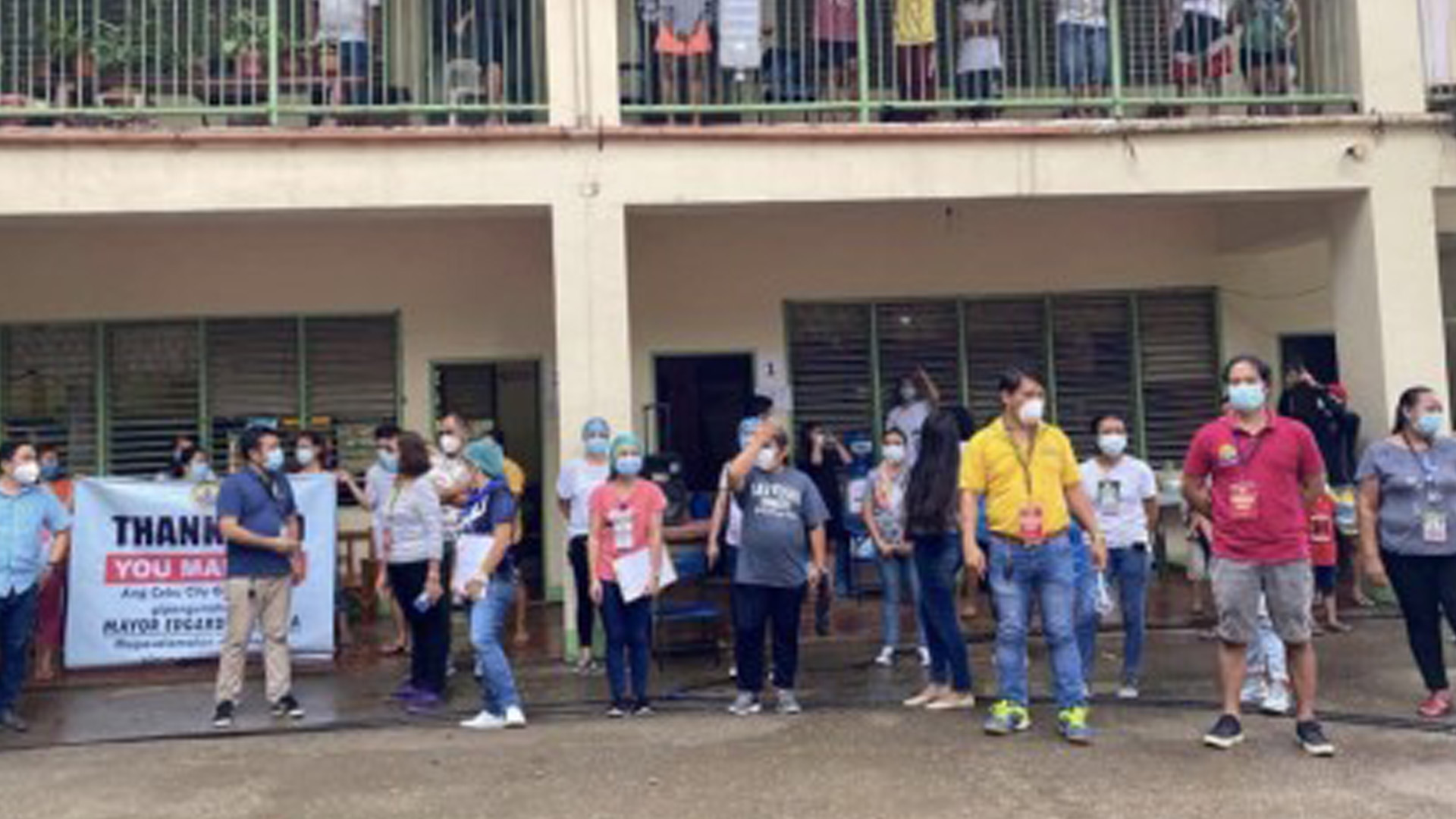Mayor Edgardo Labella on Saturday said the Inter-Agency Task Force for the Management of Emerging Infectious Diseases (IATF-EID) has granted his appeal to place this city under general community quarantine (GCQ).
“Under GCQ, there will be more businesses that will reopen and public transport will resume operations but with reduced operating capacity,” Labella said in a statement posted on his social media page.
With the capital city returning to GCQ, Labella said residents need to remain vigilant against the threat of coronavirus disease 2019 (Covid-19).
IATF-EID issued Resolution No. 40 last Wednesday placing the city under modified enhanced community quarantine (MECQ) classifying it as a “high-risk HUC (highly urbanized city)”.
On May 29, however, the IATF-EID supplanted its previous issuance with Resolution No. 41, placing this city, along with several other localities in Luzon, Visayas and Mindanao, downgrading their risk classification to GCQ.
In the latest resolution, the inter-agency task force specified the four provinces of Central Visayas as well as the three HUCs in Metro Cebu —the cities of Cebu, Mandaue and Lapu-Lapu — as among the localities included in the GCQ classification.
It, however, directed HUCs considered as high risk “to monitor health systems performance, capacity and strict compliance to surveillance, isolation and treatment protocols.”
“Further, Cebu City shall submit their detailed plans on zoning for the city and priority barangays,” the resolution read.
As of Friday, this city has a total of 2,144 Covid-19 cases with 27 deaths.
However, the Cebu City Health Department sent home a total of 792 patients as of Friday after they recovered from the coronavirus.
Labella expressed his gratitude to the Project Balik Buhay (PBB) initiated by Secretary Michael Lloyd Dino in helping the city forward its appeal to place this city under GCQ to National Task Force Against Covid-19 chief implementer, Secretary Carlito Galvez Jr.
“Because of (the) scientific database and strategic approach of the Project Balik Buhay, we were able to identify the areas and we were also able to find out that the extent of pandemic has gone down. And that we were able to identify the only remaining areas and we can just place (these areas) under segmental lockdown,” the mayor said.
For his part, Dino said the studies conducted by the Department of Health (DOH)-Central Visayas on the antibody prevalence in 135 of 137 barangays in the cities of Cebu, Mandaue and Lapu-Lapu have helped the IATF-EID decide on the risk classification for the metro.
“The data-driven, evidence-based and scientific approach through PBB was the game changer that convinced the Covid-19 Inter-Agency Task Force for the Management of Emerging Infectious Diseases (IATF) to downgrade Cebu City to GCQ,” Dino said in a resolution.
The PBB conducted a rapid antibody diagnostic testing to 42,654 individuals, which is 8 percent higher than the target of 39,650 individuals representing 10 percent of the total household populations from the three major cities here “to support the calibrated, scientific, evidence-based transition from ECQ to GCQ”.
Dino said the prevalence test is aligned with President Rodrigo Roa Duterte’s directive to implement lockdowns only at the village level and no longer city or provincial level.
“With prevalence testing, local government units can now see the enemy. We are no longer fighting Covid-19 blindly by using the reverse transcription polymerase chain reaction (RT-PCR) or rapid anti-body testing (RAT) to determine which areas have infections,” Dino added. (PNA)
Photo Source: Mayor Edgardo Labella







